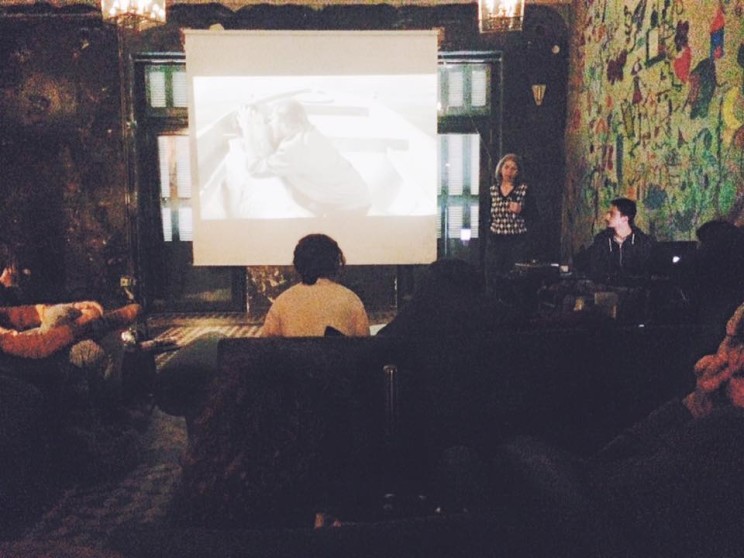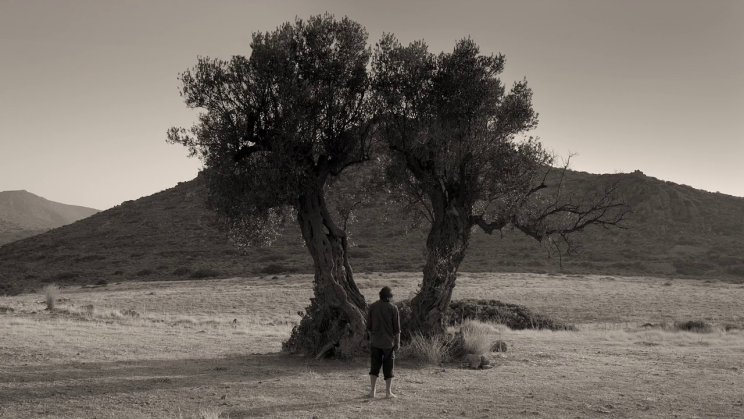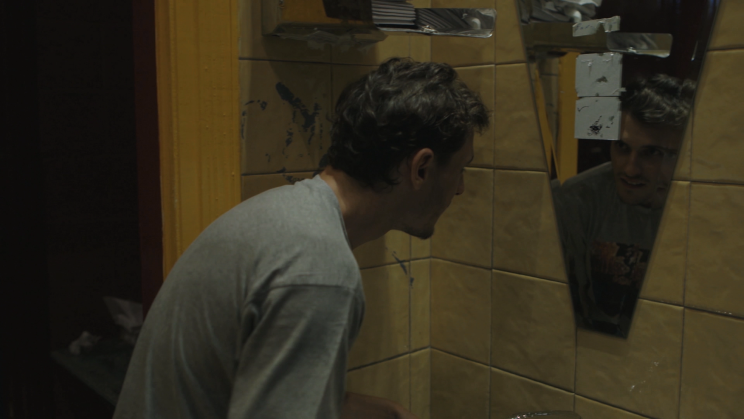It tends to be fairly common knowledge that in general, film-makers and those involved in the film making process are not usually the biggest fans of the film critic. Half of the problem is that some critics do not understand the process of film-making, therefore how can they write about something, that they do not understand? When writing critiques myself, I always try to pick up on the look and photography of the film however do I even understand? In order to gain knowledge of the subject to develop our critical writing skills, award winning, Greek Director of Photographer, Olympia Mytilinaiou lead a masterclass on cinematography and what as critics, we need to recognise.
One of key ideas that Mytilinaiou discussed, was that there are two main approaches to cinema photography, and though the two can be combined, we as critics must recognise what those approaches are. Much relating to one of the oldest debates is film academia, formalism or realism, the two approaches to cinematography is the art approach and the natural approach.
Formalist film theory is the study of how the film looks, and drawing attention to the film-making process. The art approach of cinematography is very much the same, drawing the audience’s attention to a film that is for art purpose rather than for realist purposes. The art approach tends to use a less than natural colour palette and employs more unusual camera techniques to usual convey more abstract themes.
If the art approach is the formalist approach, then the natural approach is the realist approach. The camera work and what’s in the frame should never take away from the action of the film in this case. It must remain natural in order for an audience to be fully absorbed into the action and make them as unaware as possible that they are watching a film. If the director wants to talk about problems, then the cinematographer much compromise on the art process for a much more natural one to portray what the director wants.
However, despite of all this, when cinematography truly succeeds and breaks boundaries is when it breaks generic cinematography codes and subvert audiences expectation of genre through the picture.
When looking at this year’s altCine!Action winners, there is undeniably a great range of approaches on show. Winning the cinematography prize was Pledge, winning for its “very nice black and white approach, helping the way that the director wants to say in the story, you can feel the hot summer in Greece”. Pledge adopts the art approach. See You In The Morning, however adopted the natural approach to aid the documentary. Blurring the lines between art and realism was the film Pyramid, which constantly tracked the protagonist, in a natural yet stylised way.
As a critic, one thing about cinematography we must understand is the main job of the director of photography is to aid the director’s vision of the story and help build it. Successful cinematography is almost always achieved through a shared vision between director and cinematography, and everything must work in harmony and balance. Good cinematography is not just about looking nice, good cinematography must help build feeling and meaning through the frame. Good cinematography is when it isn’t the film’s main strength, good cinematography should be in balance with the rest of film to harmonious effect. And good writing about cinematography is when one can understand it.




